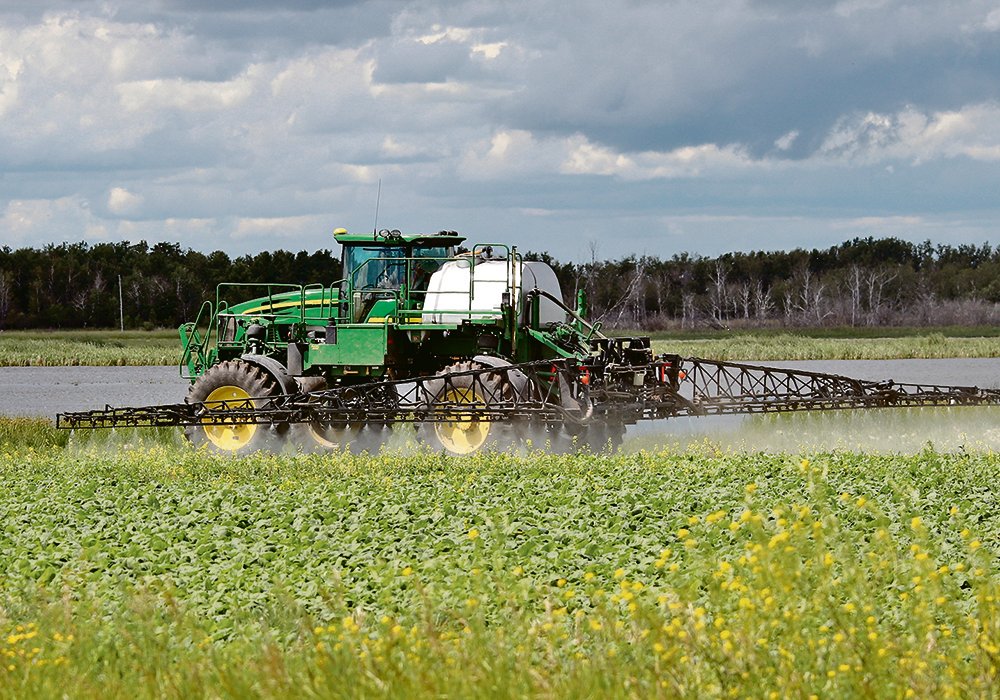Glyphosate MRLs may be increased

In May, Health Canada proposed increasing the maximum residue levels of glyphosate for commodities such as oats, lentils, peas and beans.
Canadians had 75 days to comment on the changes. The consultation period ended July 20.
For certain crops, the proposed MRLs are higher than previous levels. The Canadian Organic Trade Association said this is a move in the “wrong direction.” In a release, COTA said the MRLs would increase to 35 parts per million from 15 for groats, rolled oats and oat bran, to 10 p.p.m. from four for lentils, to 10 from five for peas and to 15 from four for beans.
The MRL will be 15 p.p.m. for barley bran, pearled barley, wheat germ and wheat bran.
The suggested changes will affect Canada’s organic sector because its protocol is based on five percent of the MRL.
“(This proposal) means that organic products will have an increased allowance of glyphosate permitted,” COTA said.
Glyphosate is the active ingredient in Roundup, the most popular herbicide in the world. Farmers use it to control weeds, but many growers also apply it as a pre-harvest aid to dry a crop before combining.
If glyphosate is applied when the crop’s moisture content is too high, or if a farmer doesn’t wait a sufficient time before combining, a small amount of residue can wind up in the seed.
Health Canada’s Pest Management Regulatory Agency says the MRL changes are needed to “permit the import and sale of foods containing such residues as well as to update the food commodity descriptors to remove historical terminology of currently established MRLs on processed cereal food commodities.”
Canada’s proposed MRLs for glyphosate will become closer to American and CODEX regulations. CODEX is a global organization that develops international food standards.
The changes to glyphosate residues could be mostly about trade.
“Health Canada sets maximum residue limits, which is the maximum amount of pesticide residue that is expected to be found on a crop when a product is used according to label directions,” CropLife Canada said in an email.
“MRLs are used to facilitate trade, they are not indicators of health and safety. The MRLs for each pesticide-crop combination are set at levels well below the amount that could pose a risk to human health.”
CropLife added there are multiple reasons to modify an MRL, such as changes in use patterns, new residue data and to standardize rules with trading partners.
“In relation to this particular case, the proposal to change the MRL for dry peas is intended to harmonize the Canadian MRL with the newly expected Codex MRL, scheduled to be adopted this year, to facilitate trade,” CropLife said. “For the cereals MRL, this is a routine PMRA exercise to clarify what the MRL covers.”
The PMRA will consider all comments before making a final decision on the MRLs.
The agency emphasized that the proposed changes are not a health concern.
“Residues of glyphosate … in these imported crop commodities at the proposed MRLs will not pose an unacceptable risk to any segment of the population, including infants, children, adults and seniors.”
Source: www.producer.com

